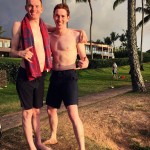Listen to the Wiggle! – by Theo St. Francis
I believe we are now living in the Age of Disconnection.
To address this, I think we should all wiggle more.
‘Wiggling’ sounds childish to you? That’s exactly the point.
As a Pilates instructor, you understand this Disconnection-with-a-capital-
You work wonders to help your clients address these Disconnects through movement, but are you aware of them in your own body and life? Are these as discernible in yourself as you see so clearly during a client’s evaluation?
As for me, I am not your typical Pilates Intel author. I am not a first-, second-, or even fifth-generation Pilates teacher. I am, however, obsessed with discovery, with internal interrelation and with connecting in new ways, and Pilates is the method which ushered me through to a new stage of my life, right when I needed it most.
In August, 2013, I endured a spinal cord injury to my sixth cervical vertebra which left me without movement or sensation in most of my body. In an instant, all signals traveling along my spinal cord were blocked.
This, of course, was a shock. As a former nationally-ranked swimmer in my age group, I was athletic and felt connected to my body. All of a sudden, so much of my physical interaction with the outside world, so much of how I related to my own body, and how I related to myself, was gone. I was told all those “inspiring” things (…that’s sarcasm) which some doctors say, and some physios imply, about “getting used to it”: that a disconnected body stays Disconnected.
In my case, this sudden physical Disconnection meant using a wheelchair, being dependent on help for the most basic things, and giving up the active life I loved. In short, these were not consequences I was going to allow myself to simply ‘get used to’.
Since the injury did not completely sever my spinal cord, I knew there was a chance to recover some of that lost muscular function, to regain some connection. But what began as a desperate attempt to restore balance in my life, later evolved into an opportunity to become more connected, to feel closer to, and more aligned with, my body than I had ever been before.
The Stoic philosopher Marcus Aurelius wrote: “…when the fire is strong, it soon appropriates to itself the matter that is heaped on it and consumes it, rising higher by means of this very material” (Meditations IV). In my case, a physical, external disconnect granted me an opportunity to seek a much richer, internal Connection.
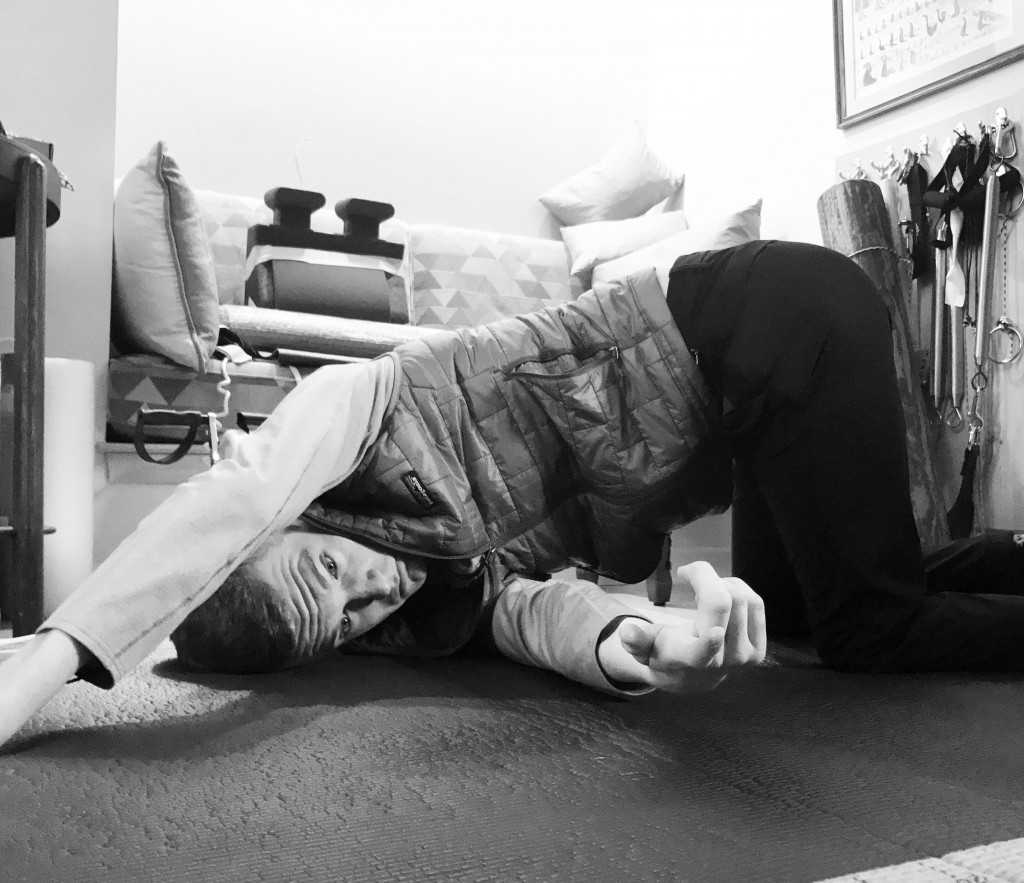
And yes, I credit much of that transformation to wiggling: making subtle shifts in my body position based on what my body ‘says’ it needs to find connection. I do this everywhere, from bridging, to Mermaid with the push-through bar, to lunging on CoreAlign. My kind of wiggling is intentional, but I do not control exactly how it manifests in the moment.
I wiggle my hips when I’m prone, my torso when I stand, my shoulders when I sit, and my ankles – but only when I am muscularly connected enough to do it! Sometimes it comes as several shimmies back and forth to keep my pelvis in a neutral tuck under me when I stand, other times as a waving of my ribs over my pelvis as I drive. This sometimes voluntary, sometimes involuntary, movement is never spastic or reflexive, and it’s always, always about exploring internal relationships…and because wiggling JUST. FEELS. GOOD!
Here’s why wiggling is important:
Paralysis – partial for me, as it may be – adds a layer of mystery over the already-complex mechanism of the body. It can be hard enough to “decode” a compensatory pattern in an able-bodied client, let alone also figuring out how to neuro-muscularly connect paralyzed areas. Communication within the body doesn’t happen in the same way – but it does happen! – and since every spinal injury is so different, there is no way to assume how a client is experiencing a movement in the (limited) way that one can for able-bodied movers.
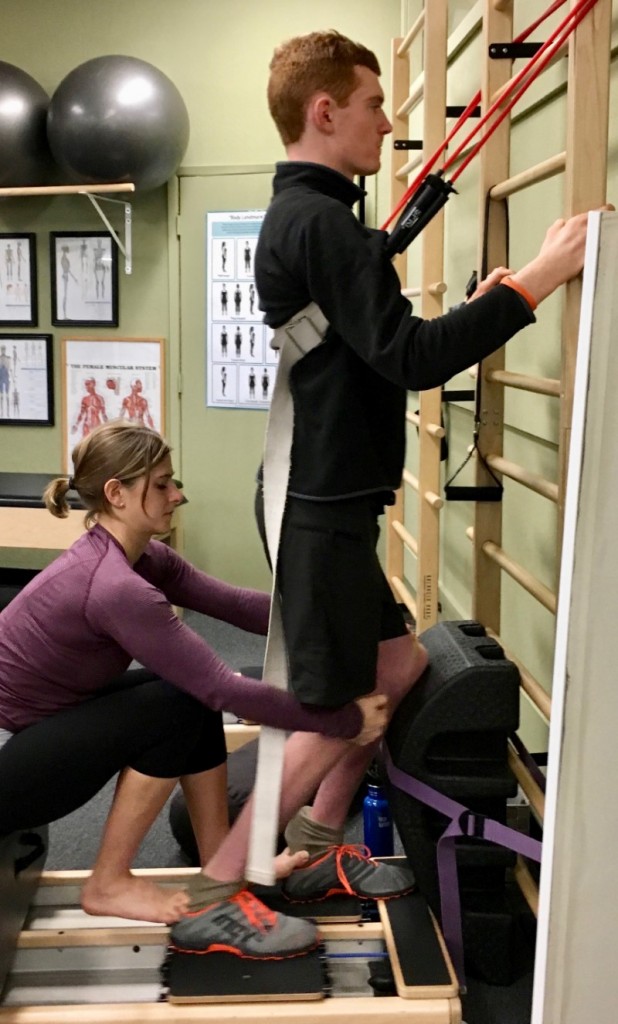
Wiggling is certainly not taught in formal movement education, but I have found it to be an invaluable tool for expanding my awareness on my journey to reconnection. It is part of the intentional exploration emphasized in Bartenieff Fundamentals and Feldenkrais ATM. Just as an engineer experiments with design by rapid-prototyping, or a start-up company launches and quickly iterates its ‘minimum viable product’ based on what consumers demand, so too am I engaging the intelligent, trial-and-error decision-
Exploring internal bodily relationships through wiggling is a technique babies use to create their own unique movement patterning. Rolling on the floor like a five-month-old is a large part of how I facilitate what Peggy Hackney might call my “bodily knowing”. There is incredible awareness in my body – in each of ours – that I believe can, when brought forward, help me recover neuromuscular function at the same time that it informs who I am as a living, expressive being. The feeling of finding an entrance to a previously unresponsive muscle is…indescribable…just as the process of moving into the ‘me’ that I want to become provides immense, and private, fulfillment.
And this is just the beginning of the integration. What I have found over time, and particularly in the last few months of delving into Laban / Bartenieff movement philosophy to complement my Pilates practice, is how closely these internal bodily sensations are reflected in how I respond to the world around me. Paralysis recovery has shown me again and again how connecting on the inside does the same on the outside.
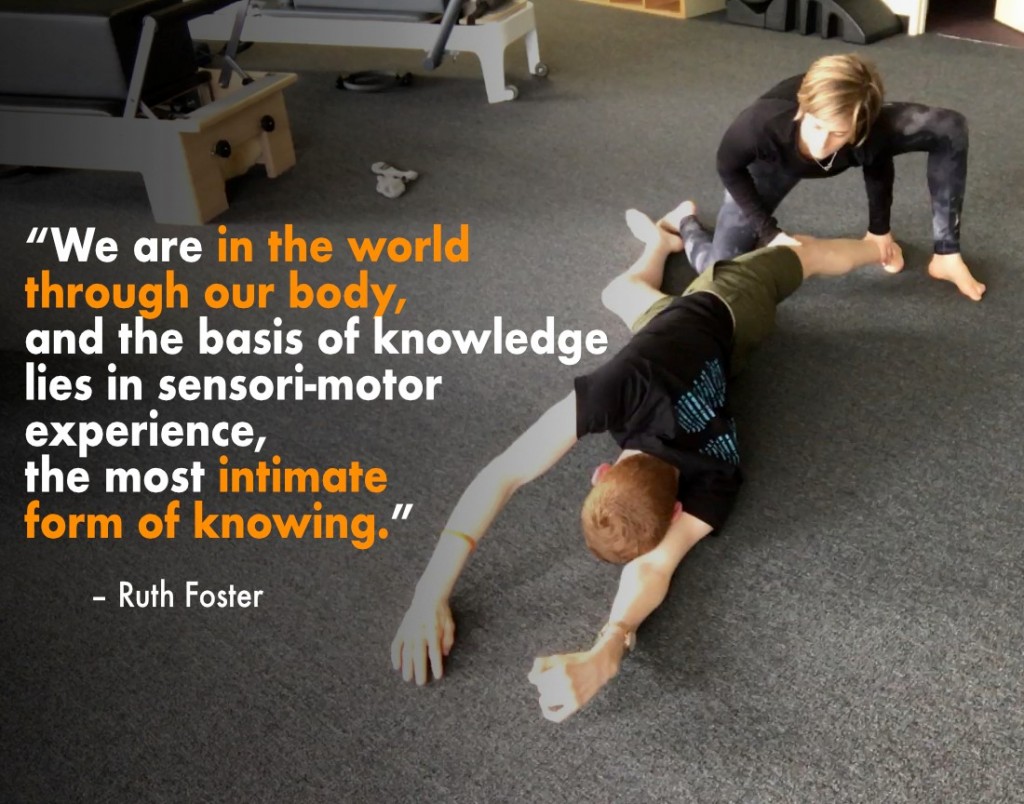
Learning to move through paralysis by listening to the wiggle has put me in touch with a more fundamental part of myself – one where my physical Disconnect is transcended by an internal recognition of the wholeness that still exists in my body. In ways that I never knew were possible from my competitive swimming days, I feel more connected to myself than ever, and that Connection continues to grow.
How can listening to the wiggle enhance your Connection?
Here’s a video that shows some my progress (and my wiggle!)
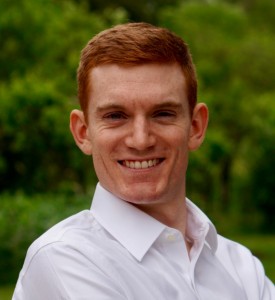
Theo St. Francis has been exploring the vast landscape of body-connection since his 2013 injury at the start of his Mechanical Engineering and collegiate swimming careers at MIT. Having the trajectory of his healing positively and completely re-directed by his practice of Pilates, Theo is working to make mindful movement a standard in neuro-recovery.
As the co-founders of Zebrafish Neuro (zebrafishneuro.com), he and his trainer, Stephanie Behrendt, have developed a workshop curriculum and written a textbook on Pilates for Spinal Cord Injury: Techniques to Facilitate Neurological Re-Connection. Theo has also found his home regimen to be vital in giving him space to explore, so he is developing an at-home protocol for individuals who have endured spinal injury to understand their bodies in new ways. He plans to return to MIT in the next year or two. Subscribe to Theo’s blog (theovercoming.org), find him on Facebook (fb.com/theovercoming1 & personal), and Instagram (@the.overcoming)…or write him at theo@theovercoming.org to share your wiggling story!
Sources:
- Aurelius, Marcus. Book IV. Meditations. New York: Dover Publications, 1997. 19. Print.
- Hackney, Peggy. Making connections: total body integration through Bartenieff fundamentals. Australia: Gordon and Breach Pub., 1998. Routledge, 2002. Print.
- Moore, Carol-Lynne, and Kaoru Yamamoto. Beyond Words. 2nd ed. New York: Routledge, 2012. Print.

